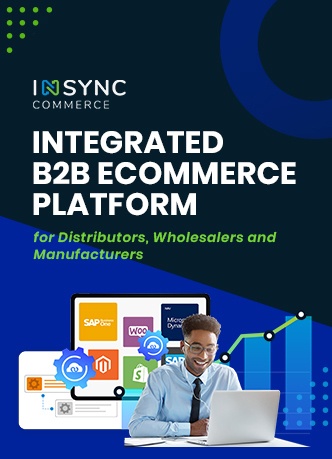
Shipping costs can eat into your profitability. Still, passing the shipping charges, even partially, to the customer is a rather dicey option. No customer likes to pay for shipping. In other words, customers love to buy shipping-free products. In fact, many customers tend to abandon their shopping cart because of high shipping costs. Customers will not pay anything more than the price of what they acquire. The North American Technographics Retail Online Survey, 2009 surveyed and found that high shipping costs or absence of free shipping accounted for 44% of the reasons customers abandon shopping carts. Would you still be brave enough to ask the customer to pay for shipping?
Despair not. While free shipping seems to be fast emerging as an ecommerce best practice, you can still employ some smart moves to cut down on shipping costs. While you may still have to offer free shipping to your customers, the strategies will make sure that you still earn sufficiently well to stay profitable. Here are 5 key tips to reduce your shipping costs and make your eCommerce business more profitable:
Have a minimum purchase value for free shipping
Offer free shipping with a minimum purchase order value. Avoid offering free shipping with a minimum number of purchased items because in that case, the customer may buy low-priced items just to qualify for free shipping. That does not quite bring you a lot of money. According to the surveying firm Comscore, 75% of online shoppers in Canada tend to buy additional stuff, even if unnecessary, to attain the stipulated minimum purchase limit and qualify for free shipping.
Negotiate with carriers for better rates
That is common sense, isn’t it? Lower shipping rates will mean higher profitability. You might be a great negotiator, but from the carriers’ perspective, they need good incentives to offer you lower rates — incentives that make sound business sense to them. Commit to give higher shipping volumes to carriers and they might be happy to give you lower rates. And it would not be a bad idea to include inbound shipping to the assignment list of the carriers.
Hire different carriers ship different products, if necessary
It may not make sense to have flat shipping rates from just one carrier for every product type. Usually, different carriers offer different rates for different product types depending on product characteristics such as fragility and build, height and weight, and price. It may make sense to have different carriers ship different product types provided they are offering low shipping rates. For example, UPS may offer the lowest shipping rates for heavy items while FedEx may offer the lowest shipping rates for light products.
Use reward points from business debit and credit cards
Ecommerce retailers usually make payments for bulk product purchases with their business debit and credit cards. Over time, the ecommerce retailer earns huge reward points for the purchases made, usually in the form of Visa or MasterCard gift cards. You can easily utilize these gift cards to pay for shipping charges, provided your carrier accepts the cards. In most cases, most carriers do.
Adjust product price based on product cube value
Carriers’ shipping rates usually depend on the space your product is occupying on the shipping vehicle, other than on the product weight. So, you may be losing some money on shipping large but lightweight items. Items such as a large box of pillows may be lightweight but occupy a lot of space on the shipping vehicle. So, you should smartly price especially the potentially large but lightweight items so that you do not lose money on shipping.
Also Read:
How to choose a shipping strategy for your eCommerce Business?
5 things that eCommerce Business should put in their Shipping Box












